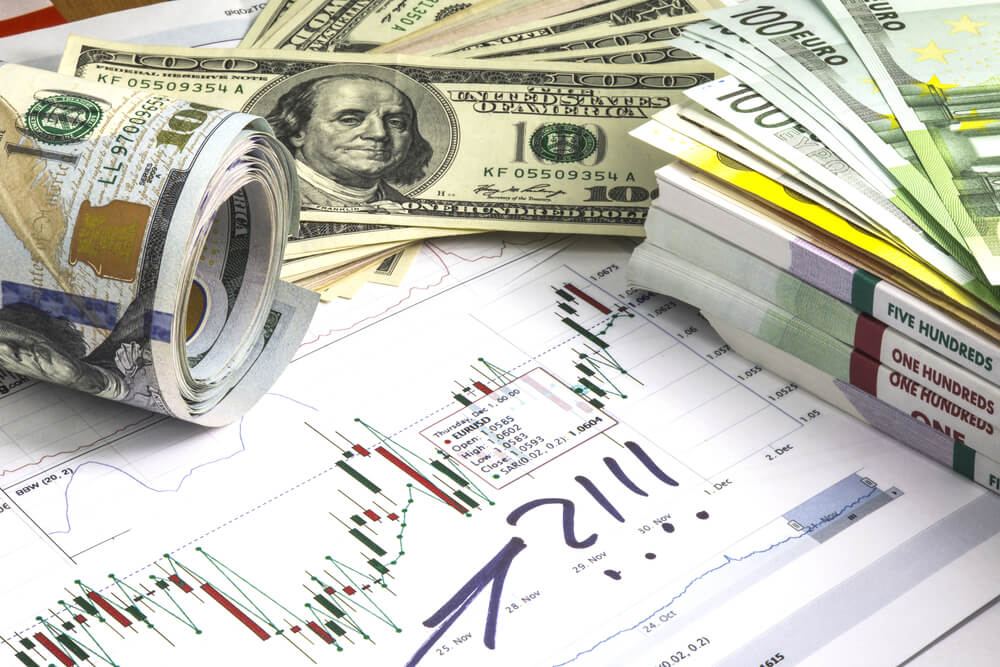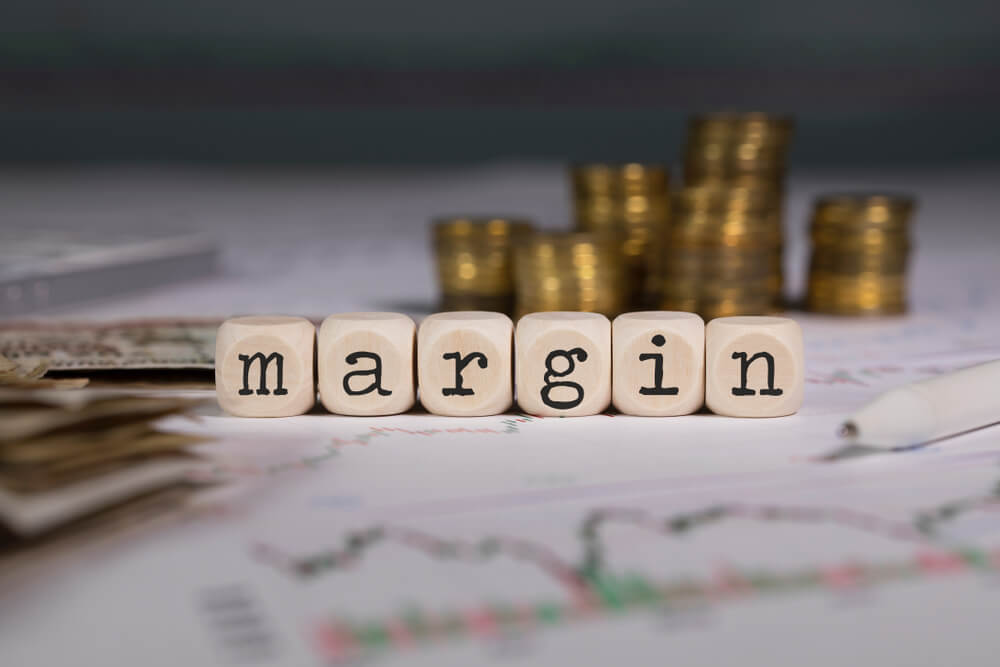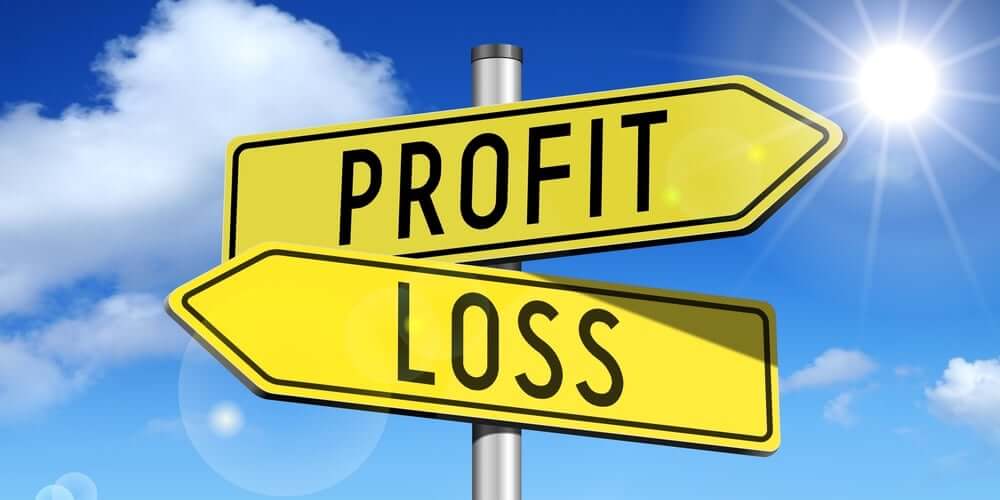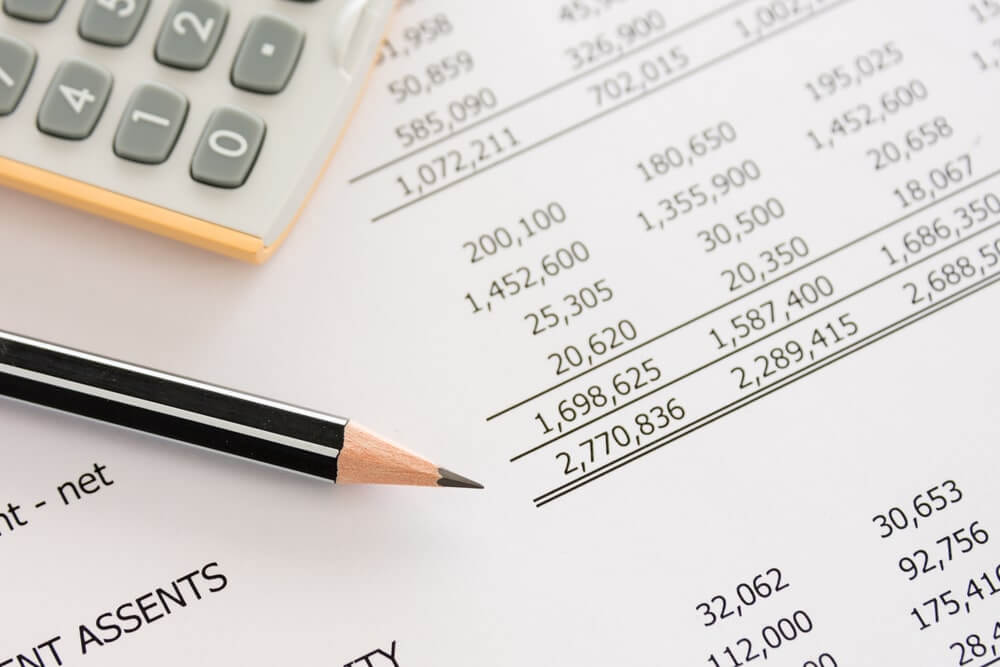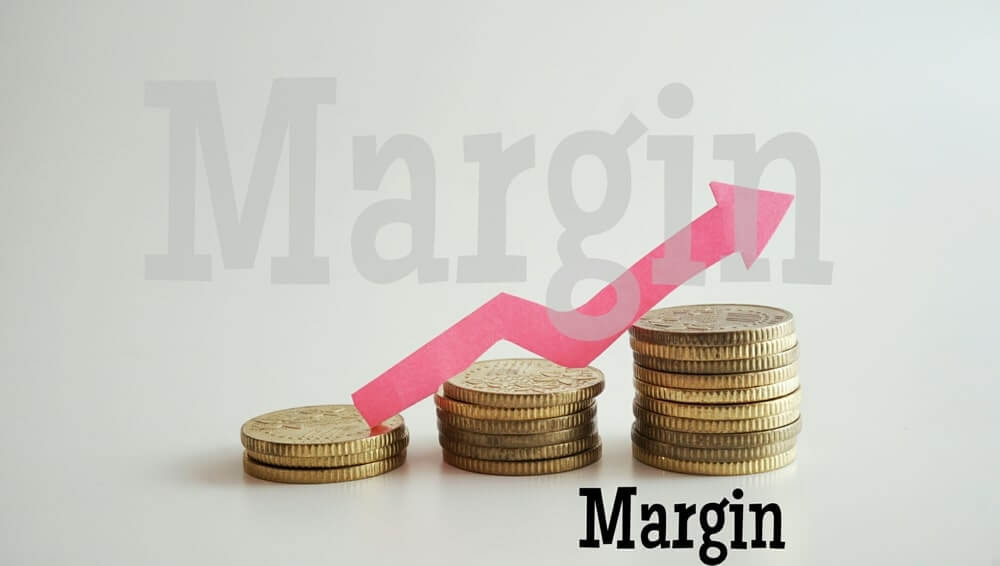Introduction
In the previous lesson, the concept of used margin and equity was discussed. Apart from having their importance, these terms prove to be significant to understand other terms as well. And in this lesson, we will be dealing with a term that has a close relation with used margin and equity.
Just to brush things up, the used margin is basically the total amount of money that is used up by the broker for all the positions. In other words, it is simply the sum of the required margin for all the trades. And equity, on the other hand, is the sum of the account balance and the unrealized P/L. Now that these definitions are clear let’s understand what free margin is.
Free Margin
Free margin is the difference between the Equity and the Used margin. That is, Free margin is the amount that is available for the trader to take new positions. It is basically the complemented version of the Used Margin. Used margin is the margin that is locked by the broker for taking positions, while free margin is the margin that can be utilized to open new positions. Free margin is also referred to as available margin, usable margin, and usable maintenance margin.
Calculation of Free Margin
As already mentioned, the Free margin is calculated by finding the difference between Equity and Used margin.
Free Margin = Equity – Used Margin
In the previous lesson, it was discussed that equity changes continuously when any positions are open. Now, since Equity is one of the factors that determine the Free margin, the free margin also keeps constantly changing when positions are running.
So, when a trade is performing well, the floating P/L increases, which in turn increases the Equity as well as the Free margin. And conversely, the Free margin decreases when the floating P/L decreases.
Now that the formula is clear let’s understand it better with some examples.
Let’s say a trader has deposited $1,000 to their account and currently has no positions open yet. So, the account balance at this point would be $1,000. The Equity will be the same as the account balance as the floating P/L is $0. Since no trades are open, there is no margin used. From this, the free margin is calculated as:
Free Margin = Equity + Used Margin = $1,000 + $0 = $1,000
Thus, it can be concluded that Balance, Equity, and Free margin is the same when no positions are open.
Now, let’s say the trader went short 10,000 units on EUR/USD. Consider the required margin to be $150. Also, assume that the trade is running in a profit of $30.
Equity= Account balance + Floating P/L = $1,000 + $30 = $1,030
The used margin will be equal to $150 (required margin) as there is only one position open.
Free margin = Equity – Used margin = $1,030 – $150 = $880
We hope you understood what Free margin refers to in a margin account. In the coming lessons, we will be discussing the Margin level, Margin call level, and Stop out level. Check your learnings by taking up the below quiz.
[wp_quiz id=”50694″]
